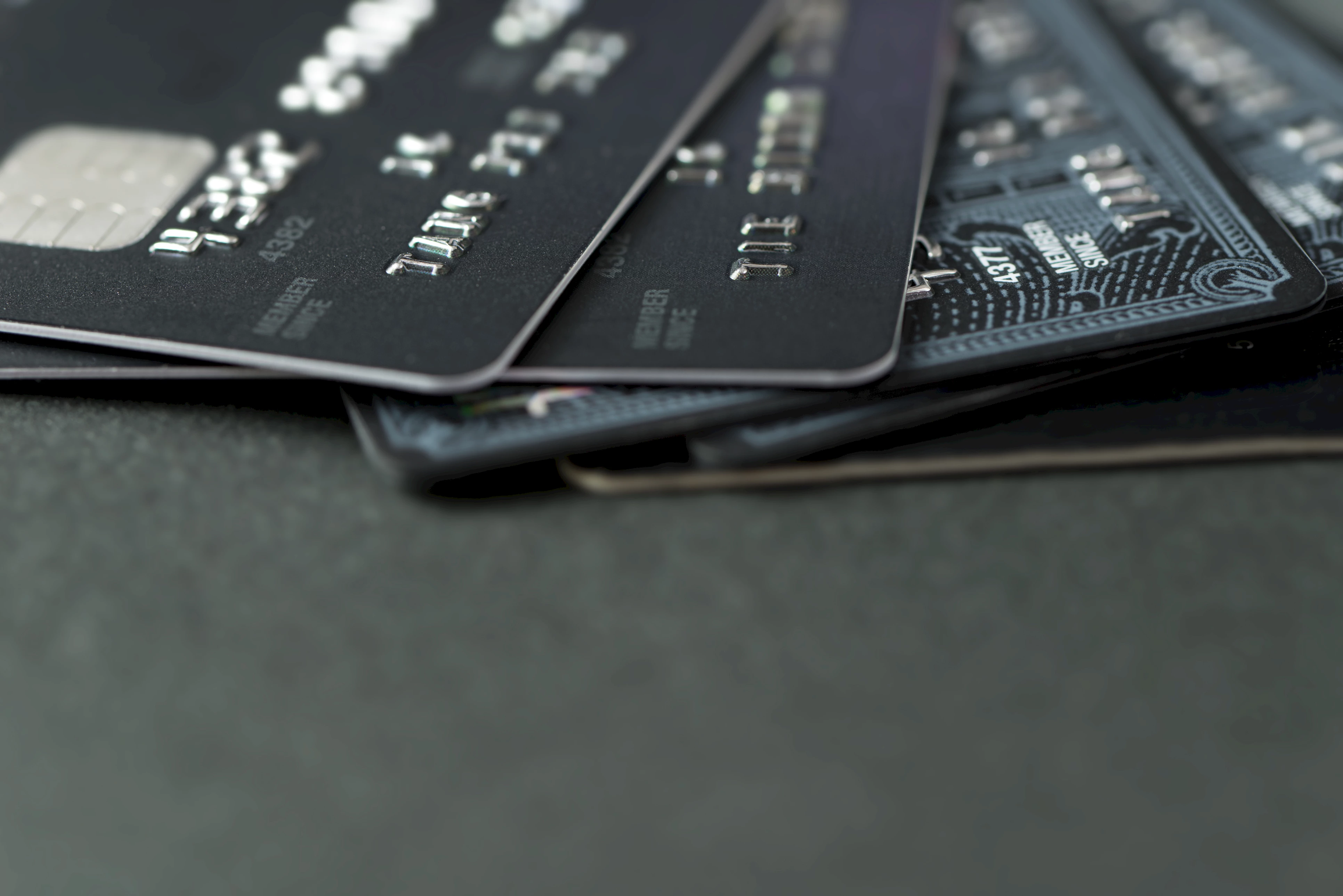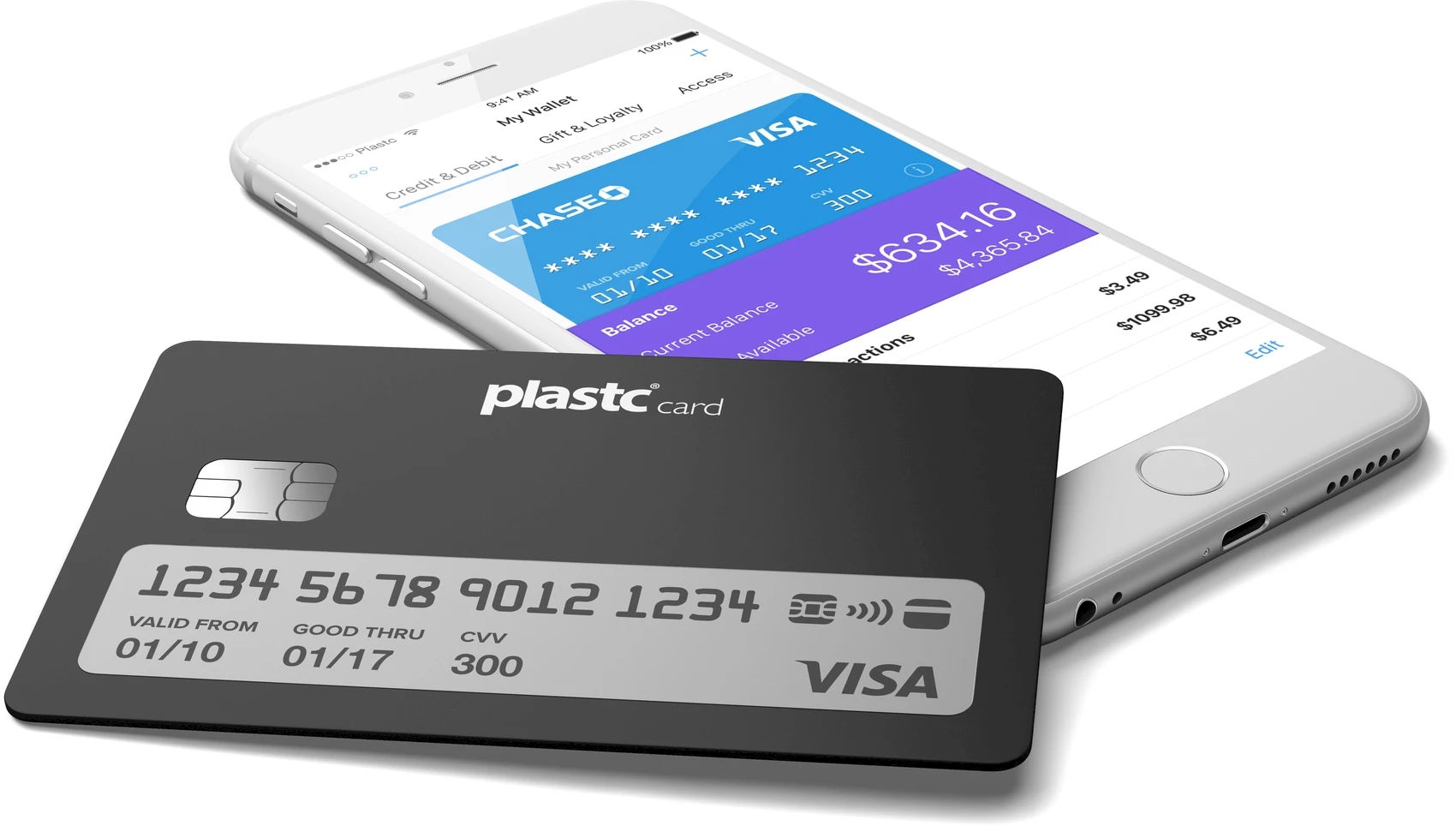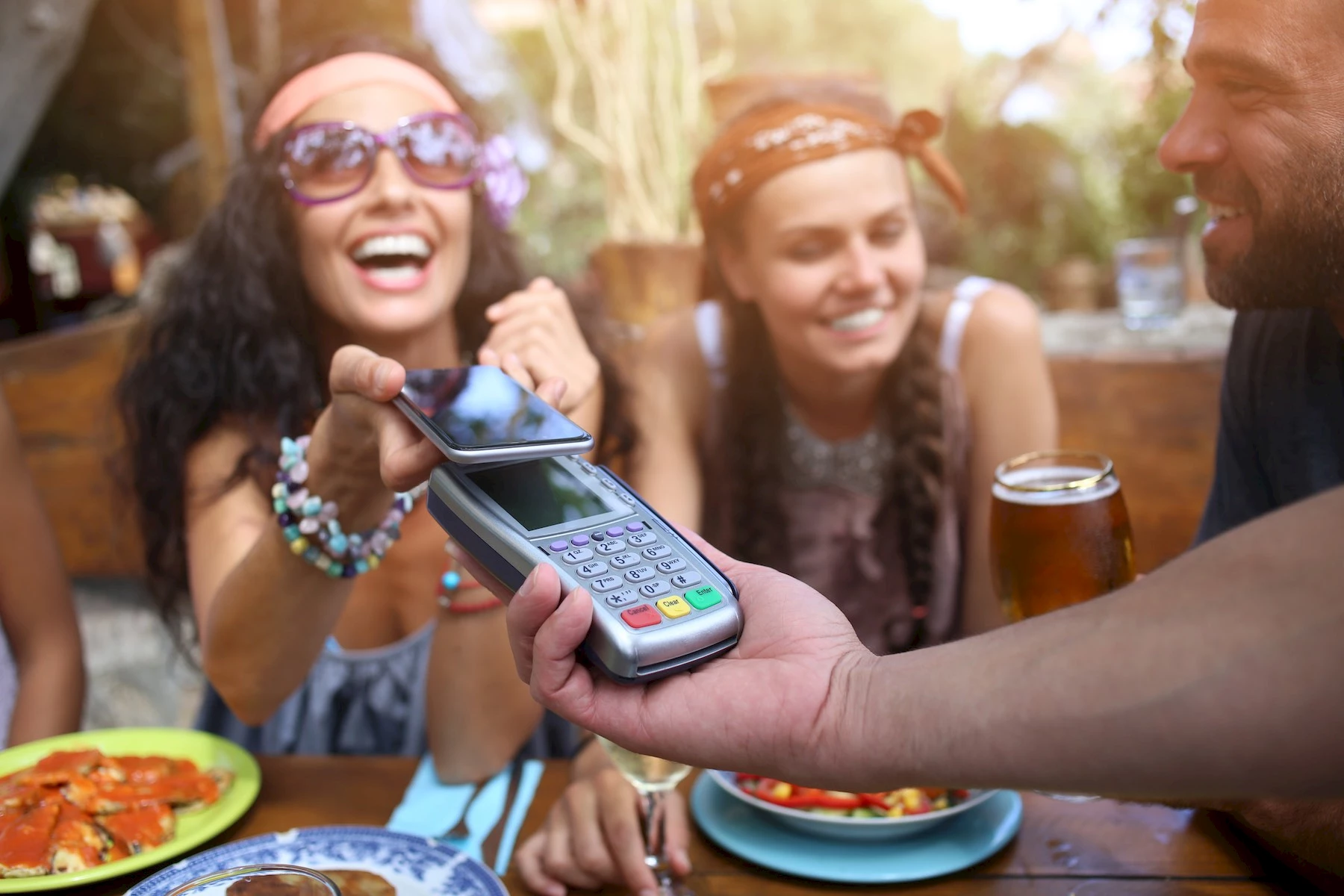Plastic payment: painful progress

The past
Credit has always gone hand in hand with trade. Merchants and clients always find ways to facilitate the flow of goods! But it is only recently, i.e. at the beginning of the 20th century, that the concept of the payment/credit card was born, with department stores and oil companies coming up with the idea of deferred payment cards (“charge cards”), accepted in their stores only. In 1946, the first bank card made its appearance, with the Charg-it card, of Biggins Bank, in Brooklyn. It was quickly followed by the Diners Club card, in 1949. Then, in 1958, American Express, which up until then had been a courier company competing against the US Post Office while also offering financial services (money orders, traveller’s cheques), launched its timeless card. In 1966, MasterCard and Visa both launched their groundbreaking plastic cards with a magnetic stripe — a technology still in use today!
Technological progress
Today’s credit cards are basically identical to yesteryear’s; same basic format, same standards, same regulations. The first embossed plastic cards made their appearance in 1959 (American Express) and the first magnetized ones, in 1970. Since then, the only revolutionary innovation has been the chip (Carte Bleue, 1992)… otherwise, cards are still basically the same 85.60x53.98mm piece of plastic, the market is still dominated by the same major players (Visa, Mastercard) and the many attempts to reinvent payment methods have come to nothing.
Of course, systems like Apple Pay, Google Wallet and even Samsung Pay promise to transform the payment process through information stored in smartphones, but they still involve support by Visa or Mastercard, and this type of payment still hasn’t been widely adopted, despite analysts’ early, enthusiastic predictions. Besides, other than payments in cafés, restaurants and other similar businesses, consumer habits are tough to change.
Duds and flops

In the electronic payment field, the latest player to try and fail was Plastc, a Silicon Valley concern. Plastc’s schtick was to reinvent the card itself, offering a single “smart” card combining up to 20 cards your average consumer uses: credit, debit, deferred payment, gift, loyalty, etc. This new card offered every security feature already in use with other cards: MagStripe, RFID-NFC, chip… including some less familiar ones, like unlocking the card with a code entered on the card itself (thanks to an E-Ink screen) or unlocking it by phone through Bluetooth.
Founded in 2014, Plastc had managed to garner over 9 million dollars’ worth of pre-orders, at a rate of some $135 to $155 per card. The cards were supposed to be shipped at the end of 2016, but the New Year came and went and buyers were still waiting. Now, the company has just shut down, and sought Chapter 11 protection. Odds are that the “backers” will never get their money back.
The most surprising thing is that Plastc is not an isolated incident. In fact, until very recently, the company was touted as the saviour of the “reinvented credit card” niche, which is littered with failures: Coin, bought by FitBit in 2016 and abandoned at the beginning of the year; Swyp, the programmable card by the startup company Qvivr, whose availability date has been repeatedly postponed over the last three years; Stratos, another smart card that has also experienced a series of postponements, bought out by a Danish company in January after Stratos closed down in December 2016.
A thorny problem

What can explain all these failures? Several things, but most evidently, bad timing, and technology. Most of the “all-in-one” smart cards bank on a dynamic magnetic stripe, allowing customers to (theoretically) gather all their cards in one. Once at the store or point of sale, the smart card changes its stripes at will and is automatically recognized as the right one by the merchant payment system. Unfortunately, just as these cards are changing their stripes, American points of sale are finally trading in the stripe for the chip. Besides, Europe adopted the chip as their standard at the beginning of the 1990s. Plastc did offer a “dynamic” chip, but since the card never launched, we’ll never know whether it was truly able to provide this key technology.
Besides, most consumers and merchants remain conservative in terms of methods of payment, meaning that innovations have a hard time getting accepted at all, let alone fast enough, which is crucial to a start-up. According to James Wester, Payment Analyst at IDC Financial Insights, “Trying to participate in the payments space is very hard. A lot of folks who try, find out the hard way.” “Is [carrying too many cards] a problem worth paying $50 to solve?” Wester asks. “When your largest competitor is a free product, that’s going to be really hard.
Visa and MasterCard are seeking to innovate with more secure cards. MasterCard has announced it will start testing a card with a fingerprint reader that will be compatible with current terminals.
The long plodding march towards easier, more secure, contactless payments continues. The good old plastic card we’ve known and loved for 50 years still reigns supreme, but for how much longer?
